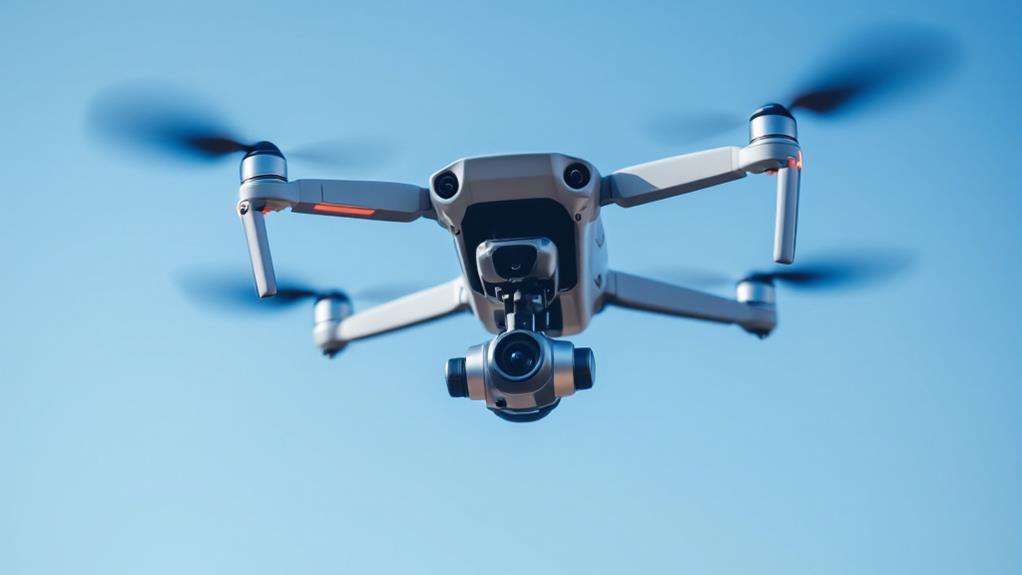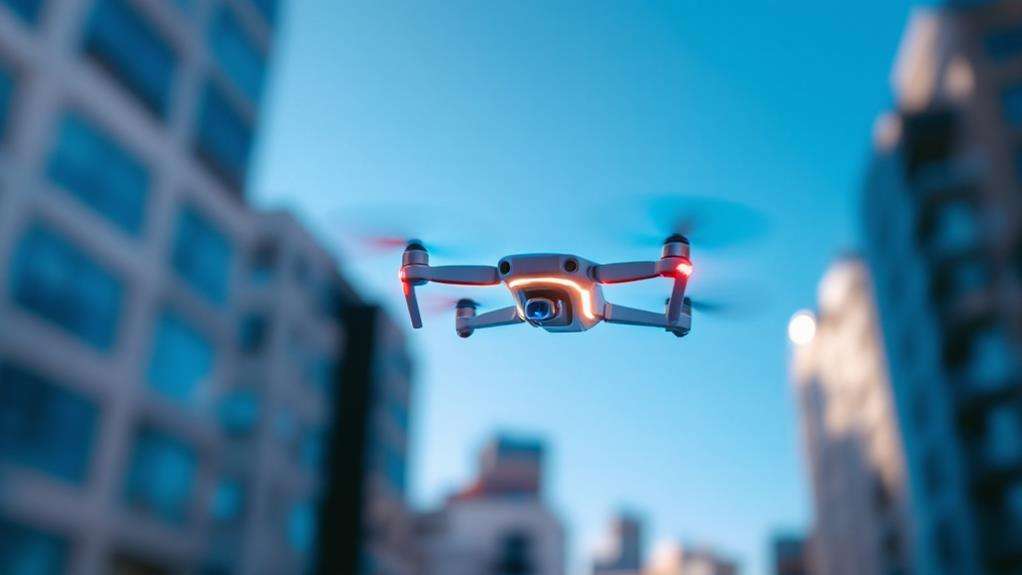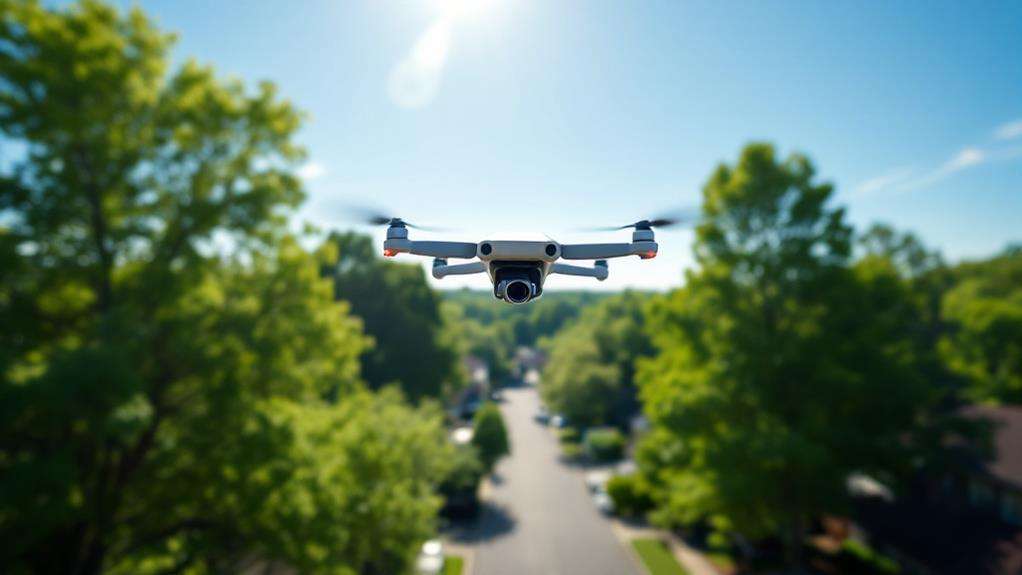Does My Home Insurance Cover My Drone?
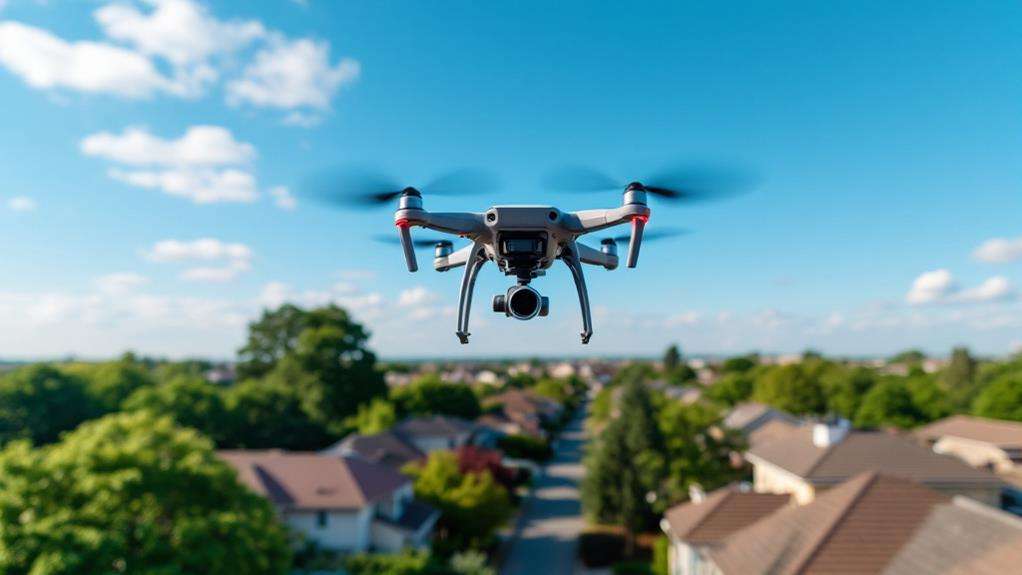
Your home insurance likely covers your drone as personal property, but only for personal, non-commercial use. Coverage depends on adhering to FAA regulations and may not include intentional damage or business-related incidents. Liability coverage for injuries or damages might be limited, and there may be exclusions for incidents involving aircraft, including drones. Privacy breach coverage may apply, but intentional spying isn't covered. For full protection, including higher liability limits, you should consider specialized drone insurance. Exploring your specific policy details and additional coverage options will help clarify what's included and ensure your drone is adequately protected.
Key Takeaways
- Homeowners insurance typically covers drones as personal property but excludes commercial use.
- Liability coverage may not include damages caused by drones, depending on policy specifics.
- Compliance with FAA regulations is crucial for coverage eligibility.
- Unintentional privacy breaches might be covered; intentional surveillance activities generally are not.
- Specialized drone insurance offers tailored coverage for risks not included in standard policies.
Understanding Drone Coverage
When it comes to understanding drone coverage under your home insurance policy, knowing the specifics can save you from unexpected expenses. Homeowners insurance policies typically categorize drones as personal property. This means that your drone could be protected under the personal property coverage section of your policy, also known as Coverage C. However, it's crucial to be aware that this coverage generally applies to personal use only. If you're using your drone for commercial purposes, you might find that your homeowners insurance doesn't extend to those activities. Additionally, compliance with FAA regulations is essential to avoid legal complications, as different countries enforce distinct rules regarding drone use.
Another essential aspect is the liability coverage. While the personal property coverage could help with damages exceeding your policy's deductible, liability coverage (Coverage E) is designed to address potential injuries or damages caused by your drone. Remember, though, any intentional damages or business-related drone accidents are typically excluded.
To ensure your drone is adequately protected, it's a good idea to have it registered with the FAA if it weighs over 55 pounds. Failure to comply could lead to a denial of coverage. Reviewing your homeowners insurance policies and considering additional riders can help you maintain comprehensive coverage for your drone.
Liability Insurance for Drones
Navigating the intricacies of liability insurance for drones is crucial for any drone owner. Your homeowners insurance policy might extend liability coverage to your drone activities, safeguarding you against unexpected expenses like medical bills, legal fees, and property damage. However, policies differ, and many explicitly exclude damage caused by aircraft, which may encompass drones. It's essential to review your policy details to understand your coverage scope thoroughly. For instance, regulatory challenges faced by drone operators can impact the terms and conditions of your insurance coverage. You might find that unintentional breaches of privacy, such as accidentally capturing a neighbor's private moments, could be covered under liability insurance. But, if you intentionally use your drone for spying or surveillance, expect exclusions. These activities typically fall outside what insurers are willing to cover, emphasizing the importance of responsible drone use. Moreover, if your assets are significant, consider enhancing your liability protection through an umbrella policy. This additional coverage can provide peace of mind, especially if your drone activities potentially expose you to higher risks of property damage or legal claims. Remember, insurers often hesitate to defend claims linked to criminal acts, so always adhere to local laws and regulations when flying your drone.
Policy Limits and Exclusions
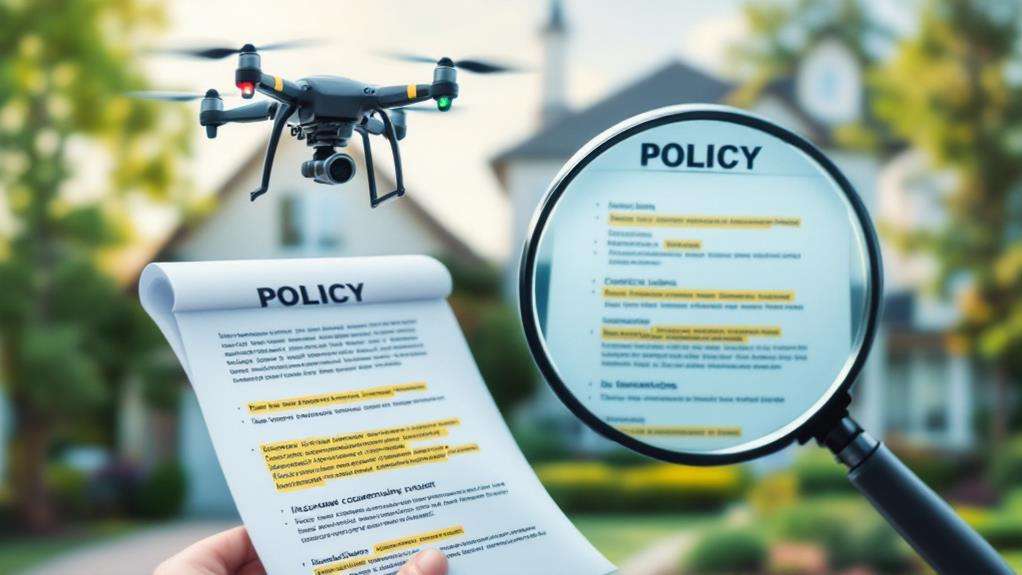
Understanding the intricacies of policy limits and exclusions is vital for any drone owner considering home insurance. Your drone is typically covered under personal property coverage, but keep in mind that the overall policy limits apply, minus any deductible. This means if your drone's value exceeds your personal property limit, you might face out-of-pocket expenses. It's crucial to check what specific perils your policy covers, as some might not apply to drone use.
Drones used for commercial activities often face exclusions from standard homeowners insurance. If you fly your drone for business, any damage or loss won't be covered. Additionally, liability for drone-related damage might be limited, as many policies exclude coverage for incidents involving unmanned aircraft.
Here's a quick breakdown to help:
| Coverage Aspect | Policy Limits | Exclusions |
|---|---|---|
| Personal Property | Subject to limits | Commercial use not covered |
| Specific Perils | Varies by policy | Aircraft-related incidents excluded |
| State Limitations | Available in select states | Not all states offer coverage |
In some states like New York, California, and Virginia, coverage might be available, but always read your policy details thoroughly. Understanding these factors can save you a lot of hassle and ensure you're adequately protected.
Filing a Drone Insurance Claim
How do you effectively file a drone insurance claim? Start by gathering and documenting evidence of the incident. Take clear photographs of the damage or loss and obtain any relevant police reports if theft or significant damage occurred. This documentation strengthens your claim and helps your insurer assess the situation accurately. When filing a claim, provide a detailed explanation of the incident and have documentation of ownership ready, which supports your request for coverage under your drone insurance or homeowners insurance policy.
Act quickly after an incident. Prompt submission is crucial because delays can negatively impact the approval process or even lead to a denial of coverage. Check with your insurer about specific requirements and timelines for filing a claim related to drone incidents. Each policy might differ, so understanding your policy's terms is essential.
Protecting and Maintaining Your Drone
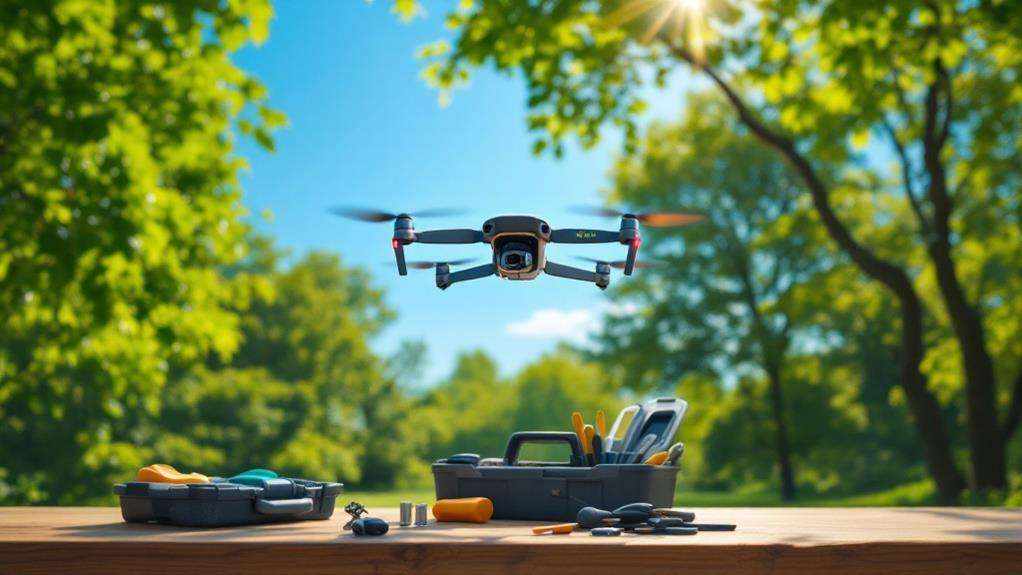
While knowing how to file a drone insurance claim is important, preventing incidents in the first place can save you time and hassle. To protect your drone, start with regular maintenance checks. Assess your battery health and propeller condition frequently, as these steps can greatly enhance your drone's performance and longevity, reducing the likelihood of damage.
Operating your drone in open spaces during favorable weather conditions is another effective strategy. It minimizes the risk of accidents and any damage to the drone that insurance may cover. Always be mindful of environmental factors that could affect your drone's stability and performance.
When your drone isn't in use, utilize protective cases or storage solutions. These can prevent physical damage and wear over time, ensuring your drone remains in top condition. Additionally, familiarize yourself with the instruction manual and online tutorials—knowing how to effectively operate and troubleshoot your drone is key to avoiding mishaps.
Buying Home Insurance
When you're ready to invest in home insurance, it's crucial to compare quotes from multiple providers to ensure you get the best coverage for your needs. Homeowners insurance policies can differ significantly, so using online quoting tools is a smart way to evaluate and customize your options. These tools let you adjust factors like home value and personal property to see how they impact your overall coverage.
On average, you might spend about $175 monthly on homeowners insurance, though this can vary based on your location, the value of your property, and the items you want insured. To ensure you're getting the right deal, consider talking to a licensed insurance representative. They can guide you through the policy options, helping you understand coverage limits and exclusions.
It's also wise to use a personal property calculator. This tool will provide a clearer estimate of the coverage needed for your belongings, giving you peace of mind that they're adequately protected. By taking these steps, you can make informed decisions and secure a policy that meets your specific requirements, providing financial protection for your home and possessions.
Specialized Drone Insurance Options
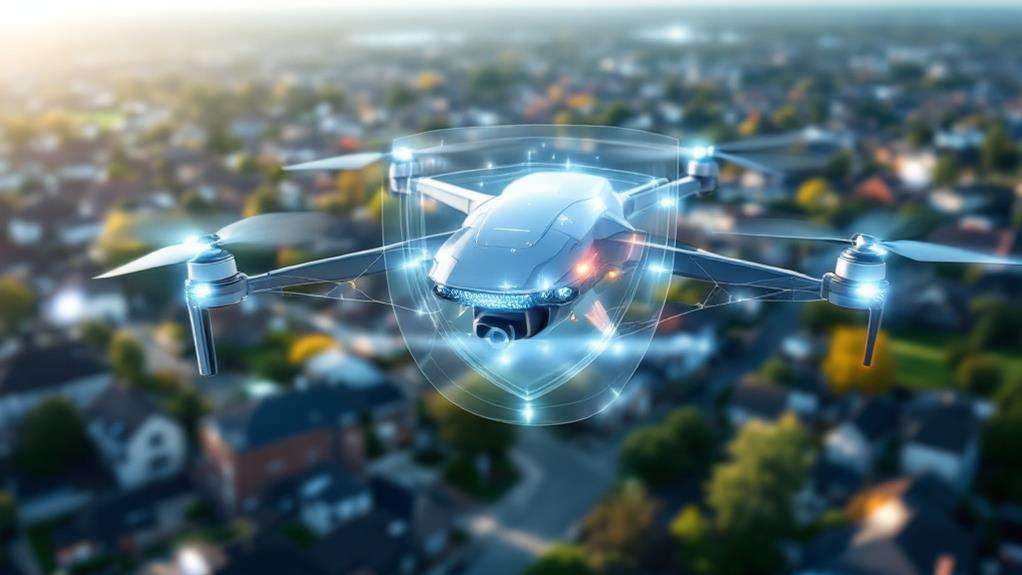
Drones have become an integral part of both hobbyist activities and commercial operations, and with their rise, specialized drone insurance options have emerged to meet unique coverage needs. Unlike typical homeowners insurance, specialized drone insurance is specifically designed to protect both recreational and commercial drones. It ensures you're covered for a variety of risks that standard policies might miss.
For commercial use, these insurance policies often cover liability extensively, providing limits that can go up to $10 million. This is crucial if your drone causes damage or injury while on a job. Companies like Global Aerospace and Skywatch.ai offer tailored policies, allowing you to select coverage that best suits your needs. Whether it's protecting against physical damage to your drone or covering potential loss of income if your drone is grounded, specialized drone insurance has options for you.
Premiums can vary based on several factors, including the type of drone, how often you fly, and whether your operations are personal or commercial. It's important to assess your individual needs and risks before committing to a policy. This ensures you get the right level of protection without paying for unnecessary coverage.

